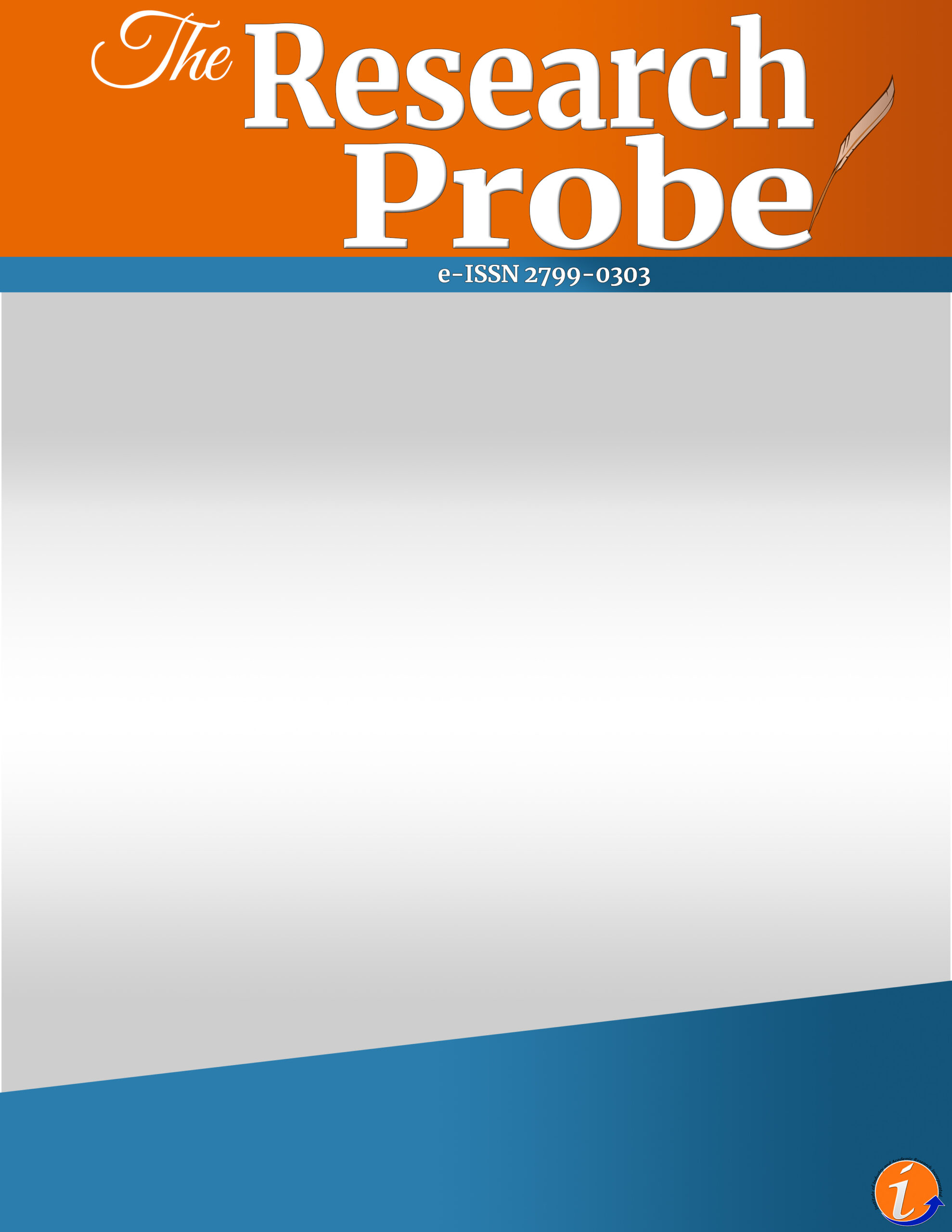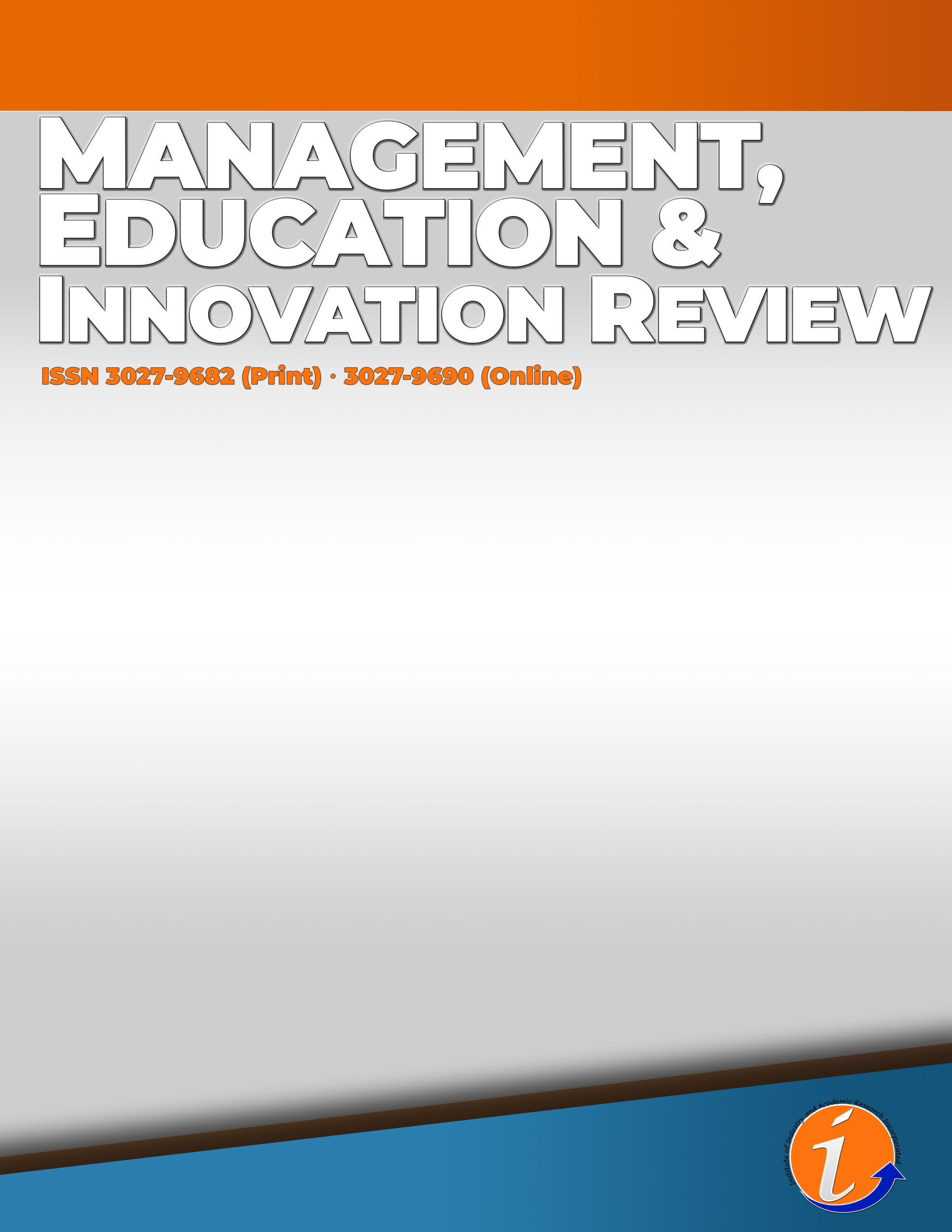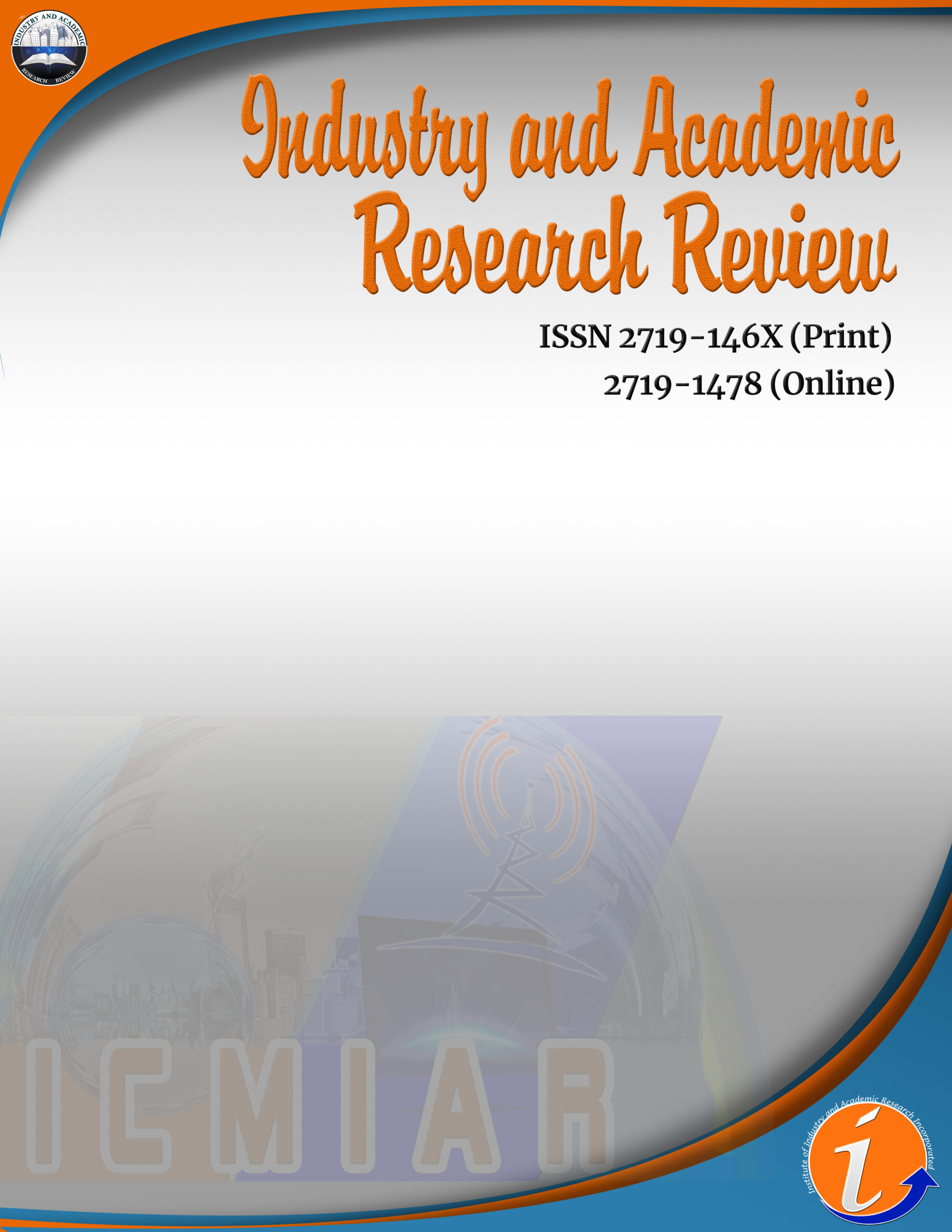This study aims to explore current education on students at the tertiary level in Myanmar. In this study, descriptive statistics was used to describe the respondents’ rate on current education. Meanwhile, qualitative method was used to investigate students’ attitudes and teachers’ attitude towards current education. Participants in this study were 84 students from the selected universities. This study is geographically inclusive to all regions and states. Ensuring quality education was taken to comprise of four dimensions, namely, teaching and learning, connection and assessment, communication between teachers and students, ideology and human rights education. In this paper, t-test was used to compare the attitude of the university students towards the current education in terms of age, year and region. Findings showed that virtual education is good for every student at that moment and it saves money and time. Some teachers suggested that it is needed to change pedagogy and preparation lesson and virtual class is less effective because of internet connection and other difficulties according to teachers’ responses. The qualitative data also supported the findings from quantitative study. This research contributes to an extent to raise awareness of the standard of current education and to find out the strategies of students to ensure their education during the serious current political situation in Myanmar.
current education, investigation, students, teachers
License:
![]()
This work is licensed under a Creative Commons Attribution (CC BY 4.0) International License.







